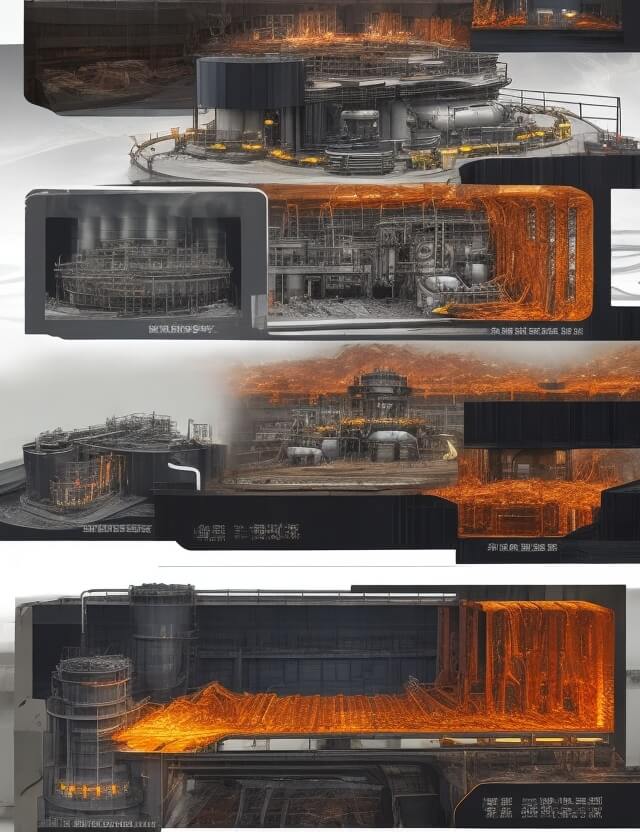
Unveiling the Properties and Applications of Spheroidal Graphite Iron
Introduction
Spheroidal Graphite (SG) Iron, also known as ductile iron, represents a significant advancement in cast iron technology. The graphite in SG Iron is shaped like spheroids or nodules, which greatly enhances its mechanical properties, such as ductility and strength.

Discovery and Development
SG Iron was first successfully produced in 1948 through a process involving the treatment of low sulphur hyper-eutectic cast iron with cerium or magnesium. The more commercially viable and widely used method involves magnesium treatment. This development revolutionized the industry by providing a material that combined the machinability of cast iron with the strength and ductility of steel.
Graphite Nodule Formation
The formation of graphite nodules is still a subject of research and debate. The process typically involves the nodulizing of grey iron through desulphurization and treatment for spheroidization, followed by post-inoculations.

Comparison with Grey Iron
SG Iron differs significantly from grey (flake graphite) iron. While grey iron offers tensile strengths of 150-400N/mm², SG Iron boasts strengths ranging from 350 to 1500N/mm², along with higher toughness and elongation. This has led to SG Iron accounting for about 25% of iron casting production, replacing steel casting and forging in many applications.
Properties of SG Iron
SG Iron exhibits several noteworthy properties:
- High strength, often exceeding that of steel.
- Adequate ductility, with elongations as high as 22%.
- Superior castability and excellent machinability.
- Lower density compared to steel.
- Excellent surface lubrication and better damping characteristics.
Production Process
The production of SG Iron involves careful selection of chemical composition and melting practices:
- Carbon and Silicon: These elements promote a carbide-free structure and influence the shape and distribution of graphite.
- Manganese: Maintains as-cast carbide avoidance.
- Sulphur: Controlled to ensure efficient production and avoid defects.
- Phosphorus: Kept at minimal levels to enhance ductility and toughness.
- Magnesium: Used for nodularization, with residual content carefully monitored.
Applications
SG Iron finds extensive use in various industries due to its excellent properties. It is used in:
- Engine crankshafts, brake calipers, machine tool beds.
- Electrical insulator posts, steering knuckles.
- Components in heavy-duty brakes, glass moulds, and windmill items.
Conclusion
SG Iron stands out as a versatile and highly valuable material in engineering applications due to its unique combination of strength, ductility, and castability. Its development has led to significant advancements in metallurgical applications, offering a reliable alternative to traditional cast iron and steel.
In order to download the PDF, You must follow on Youtube. Once done, Click on Submit
Follow On YoutubeSubscribed? Click on Confirm
Download Unveiling the Properties and Applications of Spheroidal Graphite Iron PDF






